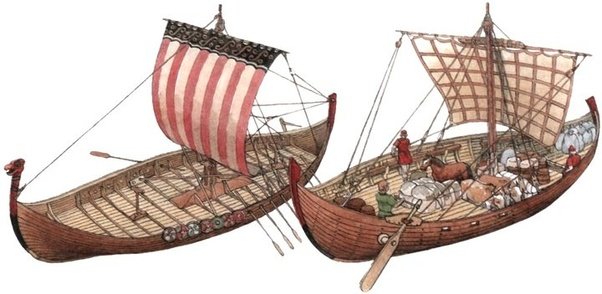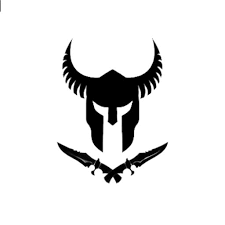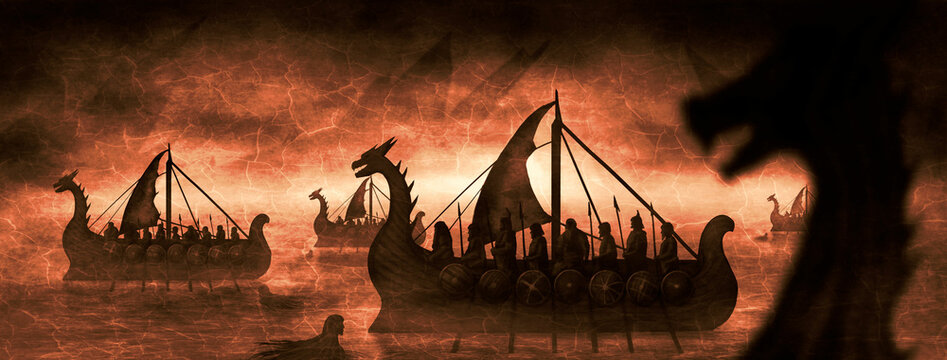It all begins with a misconception – the Vikings never referred to their ships as “drakkars.”
Where Does the Word “Drakkar” Come From ?
It’s a French invention from the 19th century aimed at giving a Scandinavian sound to ships that had a prow figure in the shape of an animal, often a dragon. In reality, the word “drakkar” is not known in any Scandinavian language. Museums in Nordic countries dedicated to Viking civilization do not use it. In practice, the prow figure was generally used to refer to the entire ship. There were bisons, rams, serpents, and predominantly, dragons. The dragon, in Old Norse, is called “dreki” (drekar). Hence, the creation of the word “drakkar,” with the added “k” presumably to make it sound more authentic and wild…
Summary
ToggleDifferent Types of Viking Drakkars :
There are three main types of ships: multipurpose, trade, and war.
Langskip :
The most famous Viking ship from the Middle Ages is the warship, known today as the “drakkar.” At the front of the langskip, there was a removable prow figure, often representing a dragon. These prow figures on drakkars had a magical-religious function. The langskips could be dragged on the ground. This technique allowed expeditions to bypass powerful cities that blocked a river or cross straits.

Knarr :
The Knarr, with its rounded hull, is the quintessential Viking trade ship.
However, they all share the following general design features:
- Overlapping clinker-built planks joined together with iron rivets.
- A single-piece, intricately carved stem.
- Keel with a T-shaped section.
- Single mast equipped with a square sail.
- Starboard-mounted steering oar.
Ship’s Prow :
The characteristic shape of the Viking ship gives it the advantage of excellent stability in open seas with an extremely shallow draft (to enable river navigation) for famous raids.

